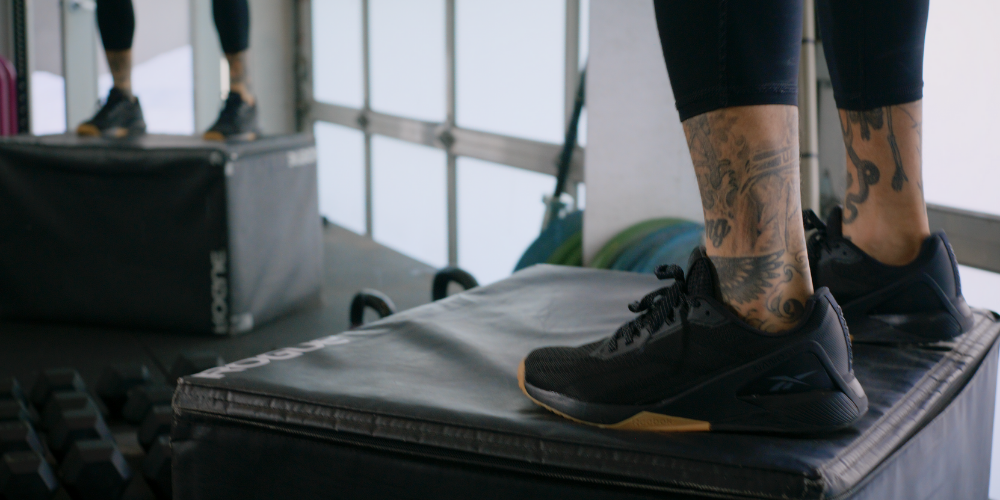
Re-Testing Recap
What a week…and a half! It’s great to be on the other side of testing week. Although I look forward to assessments every time I do them, they are exhausting. Thankfully, they provide very useful pieces of information that can be used to guide training efforts. In the lines below, I will break down how to utilize the information collected so that you can maximize your returns in the gym. If you’re unsure what I’m speaking about, first read this article.
Trap Bar Deadlift:
Use the deadlift as the main metric for your lower body strength. In my case, I completed the assessment by deadlifting 375 lbs (174kg) for 1 rep. I can now derive my estimated working percentages for the off season.
If 100% of 375 is 375, then I know that that should be my maximal effort repetition all summer long, or at least until I retest this movement. From this I can derive my “working percentages” which are as follows:
95% - 356 lbs - strength
75% - 281 lbs - hypertrophy-strength
55% - 206 lbs - power/speed development
These percentages each represent different ranges of intensity that I can train at. For fast moving plyometric versions of the deadlift, I will use working weights closer to 55% of my max as I know I can move it quickly with little risk of injury. For more strength-centric efforts, I will use weights between 55% and 95%, only going near 100% the next time I assess strength.
These are ballpark numbers aimed at guiding you through estimated areas of effort. If you cannot use a trap bar deadlift, don’t have equipment, or chose to assess posterior strength with another exercise, you can still use the rep max calculator to derive working percentages. The same theory applies to the front squat which was also assessed during re-testing.
The main reason I assess both the front squat and the trap bar deadlift in the 1-3 rep range is to establish my strength spectrum. If I know where I end the season, I can aim to reproduce the same weights and repetitions come October so that I know I’m going into the season as strong as I was the season before.
If I choose to transition my strength into plyometric athletic ability in July, August, and September, then I know roughly how close I should be to my previous numbers.
1 Mile Run:
Oh what a beast this was! As I’ve expressed on Instagram, I don’t particularly love to run. It typically aggravates my ankles and is generally uneventful compared to mountain biking. However, running is the tried and true assessment in my eyes. Of course, you could complete this assessment on an elliptical, stair master, measured hiking loop, mountain bike, or walking. Running just seems to present the quickest cardiovascular challenge and muscular endurance threshold for me personally.
Once you know your mile time, you have an incredibly valuable piece of information for your ski season. In addition, it can be tested anywhere you can map out a 1 mile route. Assessment requires close to zero equipment and. You will always be able to push yourself because the distance is manageable.
The main application of the 1 mile run assessment is to gauge how conditioned your legs and cardiovascular system are as a team. When we ski, these two systems work hand in hand to withstand the conditions and navigate the ski run. If you run a mile 1 minute slower in October than you do today, then you know you need to place extra focus on your conditioning through the remainder of October or else you’ll feel deconditioned when the snow starts to stick.
Loaded Lateral Lunge/60 Second Lateral Box Jump/Broad Jump
These last three assessments will play more heavily into the end of the summer training season, of which I will be writing a separate blog post come September. They represent your plyometric ability, maximal plyometric power output, and lateral stability of each leg independently.
Like with the other assessments, the hope here is to be at, or close to your end-of-season performance come November. The closer you are, the more power you have maintained, and the quicker your plyometric responses, the more fun you’ll have on snow.
——
At the end of the day, these assessments are guides. Guides that you can revisit to gauge how much you need to adjust your training the closer you get to the ski season. If your mile time slows down, you can dedicate more time to cardiovascular training. If you couldn’t perform any pain-free lateral box jumps in April, but you can in October, that will have a massive impact on your ski season. If you could only front squat 80 lbs in April, but you’ve improved your front squat to 100 lbs in November, that will have a massive impact on your ability to ski new terrain.
If any of the above factors maintain through the season, you will be starting next season right where you left off. Just think of how much your skiing could improve If you didn’t have to spend the first two months of the season acclimating your body to the sport. Just grab and go!
For fun, my results are below👇
End Of Season 2022:
Trap Bar Deadlift: 1 Rep @ 375lbs (170.45kg)
Barbell Front Squat: 3 Rep @ 245lbs (11.36kg)
1 Mile Run (Nasal Breathing Only): 0:06:50
Lateral Barbell Lunge (Right): 3 Rep @ 185lb (84.1kg)
Lateral Barbell Lunge (Left): 3 Rep @ 185lb (84.1kg)
60 Second Box Jump (1 rep - up, over, and back to start position): 25 Reps
Max Effort Broad Jump: 98.5 inches (2.5 meters)